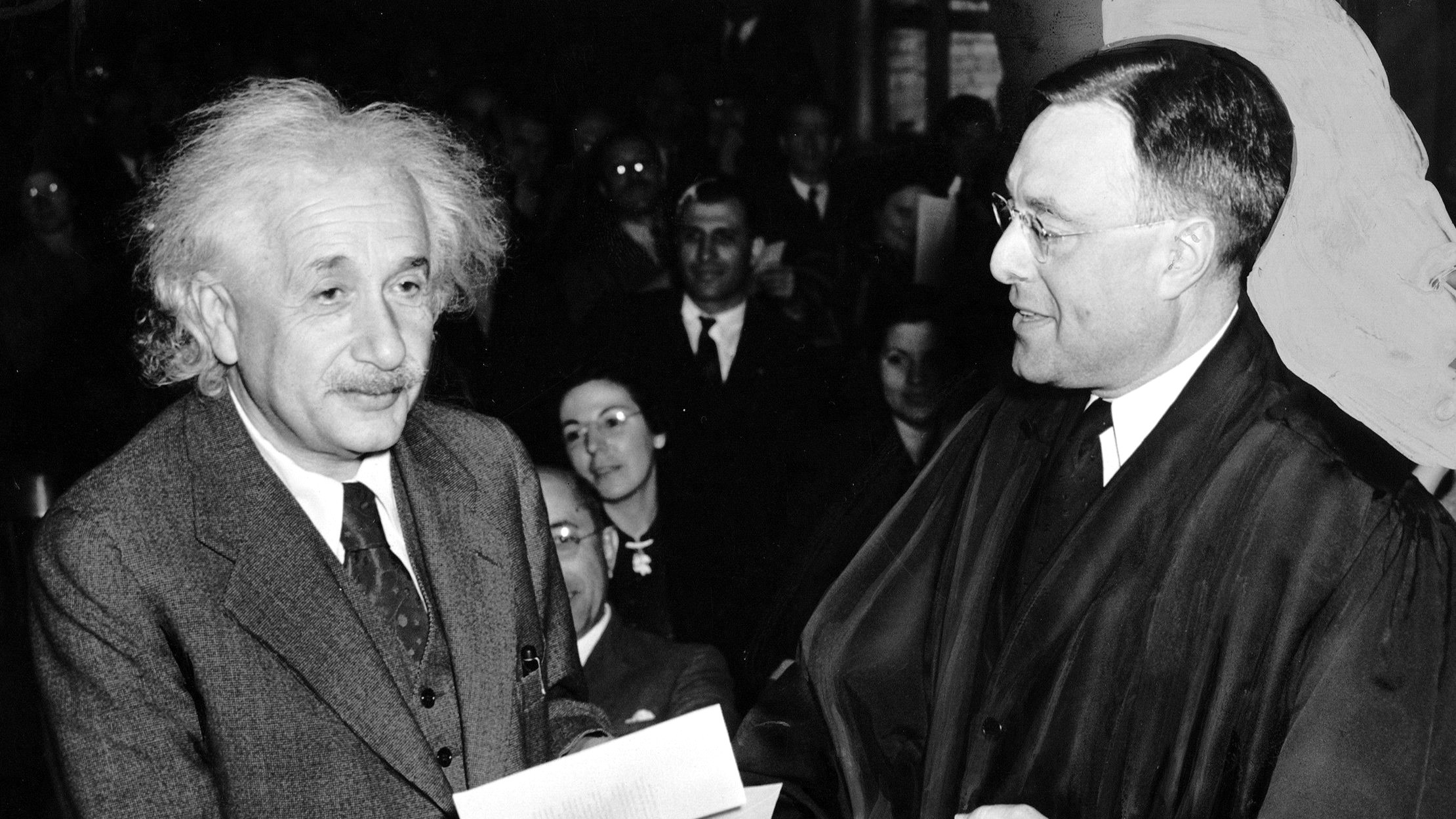STUDY: What Can Climate Communicators Learn from Gladwell’s Tipping Point and Gore’s WE Campaign?

Over the past decade, best-selling books such as Malcolm Gladwell’s The Tipping Point have told compelling stories of how marketers and political consultants use “influentials,” “mavens,” “connectors,” and “navigators” to sell products and win elections. In similar fashion, following the 2008 election, news articles proclaimed Barack Obama the first “online networking president” and speculated as to how Obama might be able to translate his millions of online campaign activists into a powerful governing force.
On climate change, with the 2006 release of An Inconvenient Truth, Al Gore launched The Climate Project, an initiative that has trained more than a 1,000 volunteers to present a version of Gore’s slide show presentation to local organizations and groups.
Later in April 2008, Gore launched the WE campaign to recruit 10 million activists on climate change. The campaign’s explicit goal is to create public opinion pressure on elected officials to adopt major policy actions. According to Cathy Zoi, WE campaign director, a central part of their strategy is to recruit “influentials” to be active on climate change, or as she defined them for Andrew Revkin at the New York Times: “…people who talk to five times as many people a day as the typical person, who derive self-esteem from having new information.”
Yet is there research that can provide context and insight into the viability of these strategies for engaging the public on complex science debates such as climate change? More specifically, what are the prospects that the WE campaign or Obama’s online activist model, if applied to climate change, might mobilize citizens on key policy decisions and/or shape their consumer and lifestyle choices, especially relative to energy efficiency and alternative energy? Perhaps even more importantly, how can principles from past research on influentials be translated and applied by a variety of organizations to effectively communicate with the public on a range of complex policy problems?
Those are some of the questions I wanted to figure out in a peer-reviewed paper just published at the journal Science Communication. My co-author is John Kotcher, a former graduate student now working as a communications officer at the National Academies. The article is part of a special issue at the journal focused on climate change communication, see importantly the introduction to the issue by co-editors Ed Maibach and Susanna Hornig Priest.
Below is the abstract to our paper. If you don’t have an institutional subscription, please email me at nisbetmc AT gmail DOT com for a copy. I also wrote about the study when it was first accepted back in November. I will have more to say about other studies in the special issue upcoming, specifically one study that sheds light on the ongoing George Will affair.
This version was published on March 1, 2009
Science Communication, Vol. 30, No. 3, 328-354 (2009)
DOI: 10.1177/1075547008328797
A Two-Step Flow of Influence?
Opinion-Leader Campaigns on Climate Change
Matthew C. Nisbet
American University, Washington, DC, [email protected]
John E. Kotcher
National Academies, Washington, DC
In this article, we review concepts, measures, and strategies that can be applied to opinion-leader campaigns on climate change. These campaigns can be used to catalyze wider political engagement on the issue and to promote sustainable consumer choices and behaviors. From past research, we outline six relevant categories of self-designated opinion-leaders, detailing issues related to identification, recruitment, training, message development, and coordination. We additionally analyze as prominent initiatives Al Gore’s The Climate Project and his more recent We campaign, which combines the recruitment of digital opinion-leaders with traditional media strategies. In evaluating digital opinion-leader campaigns, we conclude that there are likely to be significant trade-offs in comparison to face-to-face initiatives. The challenge for both scholars and practitioners is to understand under what conditions are digital opinion-leaders effective and in which ways can online interactions strengthen or build on real-world connections.
Key Words: opinion leaders • influentials • climate change • framing • digital networks




